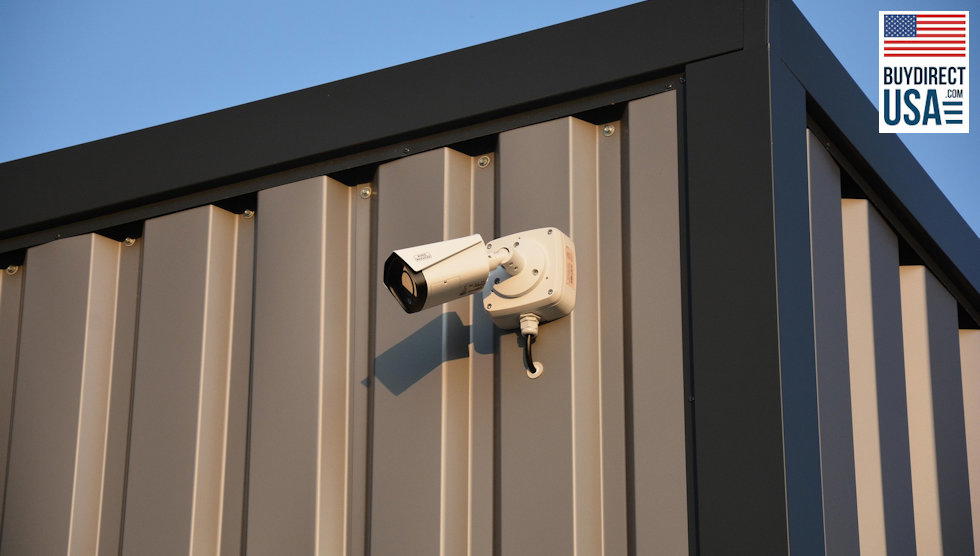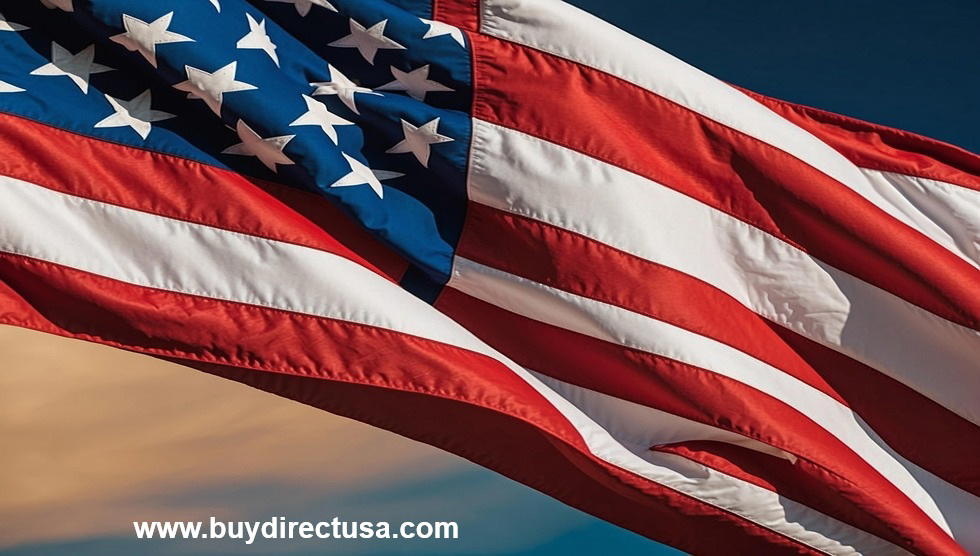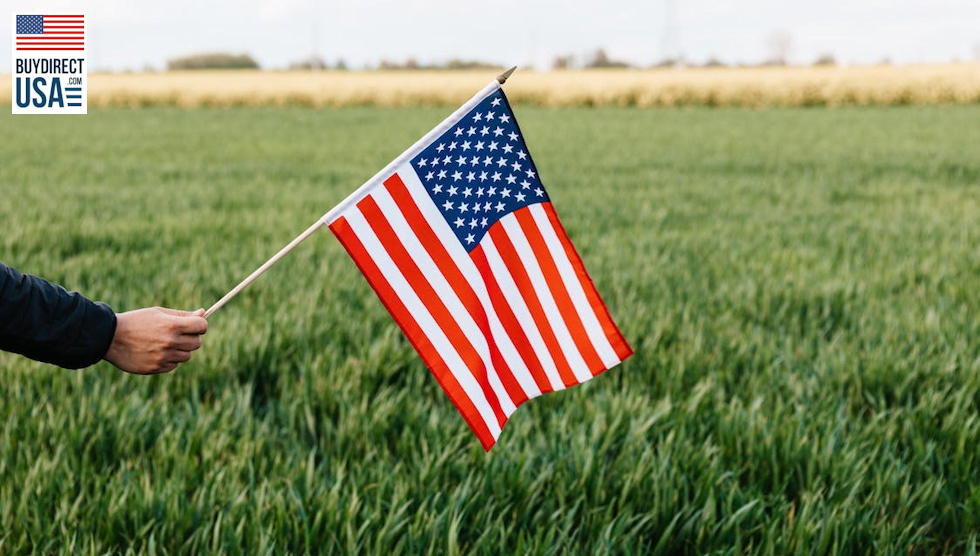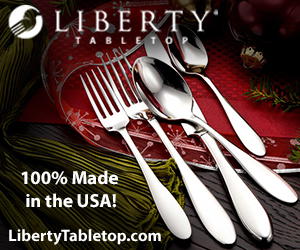In recent years, the “Made in the USA” label has surged in popularity within the security camera industry, driven by consumer demand for domestic products, heightened security concerns over foreign tech, and compliance with regulations like the NDAA and Buy American Act.
Companies like Geovision, Eagle Eye Networks, Arecont Vision, Avigilon, Pelco, Digital Watchdog, Speco Technologies, Honeywell, and Scallop Imaging are increasingly touting their U.S. involvement—whether through employees, facilities, or assembly—to appeal to this trend.
But how deep does that involvement go? This article breaks down the degree to which these brands rely on U.S. resources to manufacture (rarely) or assemble (more commonly) their products, offering a clearer picture for consumers navigating these claims. In an industry shaped by a global supply chain, where no one can fully source every component domestically, understanding the reality behind the label is more crucial than ever.
The Global Reality of Security Cameras
Before diving into specifics, it’s worth noting the elephant in the room: security cameras are complex electronics. Image sensors, processors, lenses, and circuit boards often hail from Asia—think Sony in Japan or HiSilicon in China—because that’s where the world’s manufacturing hubs thrive. Even brands heavily invested in the U.S. lean on this global network, assembling rather than manufacturing from scratch.
Consumers seeking a 100% American-made camera will find it’s a unicorn; the real question is how much value—design, labor, or final assembly—happens on U.S. soil.
The FTC’s “Made in the USA” Yardstick
First, a quick primer: the FTC doesn’t require products to carry a “Made in the USA” label—most don’t. But if a company chooses to use it, the rules are strict. Per the FTC’s “Complying with the Made in USA Standard,” an unqualified claim means “all or virtually all” of the product—its parts and processing—must originate in the U.S., with final assembly or transformation happening here too. “Significant” foreign content disqualifies it. Qualified claims (e.g., “Assembled in the USA”) allow more flexibility but still demand substantial U.S. work, not just a screwdriver tweak. Missteps can mean fines or lawsuits, so brands tread carefully—or creatively—when touting American ties.
The Global Reality of Security Cameras
Even with FTC oversight, security cameras are a global affair. Image sensors (often Sony from Japan), processors, lenses, and boards typically come from Asia’s manufacturing hubs. No brand, anywhere, fully sources a complex camera system domestically—it’s a supply chain truth. U.S. involvement usually means design, assembly, or testing, not raw production. So, when companies wave the “Made in the USA” flag, it’s often a qualified flex—assembly or finishing—rather than an FTC-grade “all or virtually all” origin story.
Geovision: U.S. Assembly with a Taiwanese Core
Geovision, based in Taipei, Taiwan, operates its U.S. arm, USA Vision Systems, out of Irvine, California. They assemble some Network Video Recorders (NVRs) here, integrating components like motherboards and storage drives into finished units. It’s a modest but tangible U.S. footprint—employees in Irvine handle assembly, testing, and support, tailoring products for American clients.
Cameras, however, are made overseas, and core components come from global suppliers. Geovision doesn’t heavily market a “Made in the USA” claim, but their U.S. presence boosts responsiveness and compliance, appealing to buyers who value local touchpoints over full domestic production.
Eagle Eye Networks: Texas Innovation, Limited Assembly
Eagle Eye Networks, founded in Austin, Texas, is a U.S. company through and through, focusing on cloud-based video management systems (VMS). Their software—developed by American engineers—drives their Eagle Eye Cloud VMS, a standout feature.
Hardware-wise, they produce bridge devices and cloud-managed video recorders (CMVRs), with some assembly likely in Texas or nearby. Components are globally sourced, but U.S. employees handle integration and support.
Eagle Eye leans on its American identity for trust, not manufacturing heft, capitalizing on the “Made in the USA” allure without claiming full production.
Arecont Vision (AV Costar): Assembly with a Patriotic Pitch
Arecont Vision, headquartered in Glendale, California, proudly touts its U.S. credentials, assembling many MegaIP cameras domestically. American workers handle final integration, testing, and quality control, earning Buy American Act compliance for some models.
Yet, sensors and chips come from abroad—there’s no escaping that. Their marketing leans hard into “Made in USA,” a fashionable flex that resonates with government buyers and security-conscious consumers, even if it’s more about assembly than raw manufacturing.
Avigilon (Motorola Solutions): North American Hybrid
Avigilon, a Canadian brand under Motorola Solutions, uses U.S. facilities in Virginia and Texas for assembly and some production steps. Their high-definition cameras, like the H4 Multisensor, benefit from American labor for final touches, aligning with NDAA rules.
While design originates in Canada and components are global, U.S. employees add significant value. Avigilon’s “North American-made” narrative—a broader take on the U.S. trend—appeals to buyers wary of Chinese tech, blending Canadian roots with American investment.
Pelco: Fresno’s Legacy of Assembly
Pelco, a Fresno, California, veteran since 1957, assembles many cameras—like the Esprit PTZ—in the U.S., employing local workers for integration and testing.
Components aren’t made here, but their domestic facilities emphasize quality and compliance. Pelco’s long U.S. history bolsters its “American-made” cred, a claim that’s grown sexier as consumers prioritize legacy and local jobs over fully domestic sourcing—a distinction they’re upfront about.
Digital Watchdog (DW): Florida’s Finishing Touch
Digital Watchdog, based in Tampa, Florida, assembles some MEGApix cameras and Blackjack NVRs in the U.S., earning TAA compliance. American staff handle final assembly and customization, though manufacturing happens largely in South Korea and components are global.
DW markets its U.S. involvement as a quality stamp, tapping into the “Made in the USA” hype without pretending to escape the supply chain reality—a pragmatic pitch for informed buyers.
Speco Technologies: New York’s Mixed Bag
Speco Technologies, from Amityville, New York, assembles some NDAA-compliant IP cameras in the U.S., using local labor for integration.
Historically, they’ve also rebranded foreign OEM products (e.g., Dahua), but their domestic efforts focus on compliance and legacy. Components remain imported, yet Speco’s U.S. footprint—over 60 years strong—feeds the fashionable “American-made” narrative, even if it’s more assembly than origin.
Honeywell: Carolina’s Corporate Scale
Honeywell, headquartered in Charlotte, North Carolina, assembles some 30 and 60 Series IP cameras in the U.S., leveraging American facilities for NDAA-compliant products.
As a global giant, their U.S. role is more about final assembly and integration than manufacturing—components come from everywhere. Honeywell’s “Made in the USA” claim is strategic, targeting buyers who value a trusted American name over a fully domestic product.
Scallop Imaging (Eyez-On): Texas Pride with Limits
Scallop Imaging’s Eyez-On CVR, made in Texas, boasts over 50% U.S. content—two boards and a Texas Instruments chip—assembled by American workers.
The camera itself, though, is Asian-sourced (less than 30% of the product). It’s a rare case of significant U.S. manufacturing, not just assembly, and they flaunt it. Consumers get a clearer “Made in the USA” story here, though it’s still not 100% domestic.
Why “Made in the USA” Matters More Now
This push to highlight U.S. involvement isn’t just marketing fluff—it’s a response to real shifts. Post-2018 NDAA bans on Chinese brands like Hikvision and Dahua sparked a rush for alternatives, while trade tensions and data security fears made American-made claims a hot commodity.
Consumers, from homeowners to procurement officers, now see “USA” as a badge of trust and quality, even if it’s just assembly. Brands know this, amplifying their U.S. ties—however thin—to stand out.
What is NDAA Compliance and Why It Matters for Security Cameras
NDAA compliance refers to meeting the standards set by the National Defense Authorization Act, a U.S. law that, among other things, bans the use of certain Chinese-made surveillance equipment—including products from brands like Hikvision, Dahua, and their OEM partners—in federal government contracts. This law was passed to protect national security by reducing the risk of foreign surveillance or data breaches. While it originally applied to government agencies, many schools, hospitals, and private companies now prefer or require NDAA-compliant cameras to align with best practices or future-proof their systems. In short, if a camera is NDAA compliant, it means it was not built using banned components or technologies and is considered safer and more trustworthy for sensitive environments.
Disclaimer:When we refer to products as “Made in the USA” or “American made”, we are using these terms generically to reflect varying degrees of U.S. involvement—such as design, engineering, assembly, or support—and not as a specific legal or manufacturing claim. Actual product origins and domestic content vary by brand and model. For the most accurate and up-to-date information regarding a manufacturer’s “Made in the USA” claim, including where components are sourced and assembled, please refer directly to the manufacturer’s website. These details are subject to change over time.
CameraSecurityNow.com: Your U.S. Guide to These Brands
For Americans exploring their options, CameraSecurityNow.com is your trusted partner for security camera installation, access control, and more—wherever you’re located. While no security camera products are entirely made in the USA, we focus on offering solutions from brands with meaningful U.S. presence—whether that’s through engineering, support, compliance, or distribution. As a U.S.-based company, we help bridge the gap between globally manufactured products and American standards, so you can make informed decisions based on real involvement, not marketing claims.







